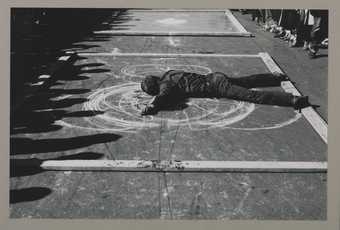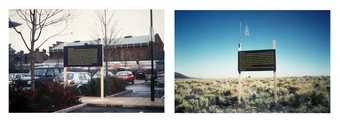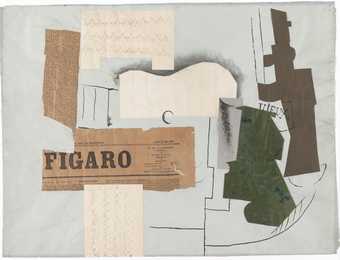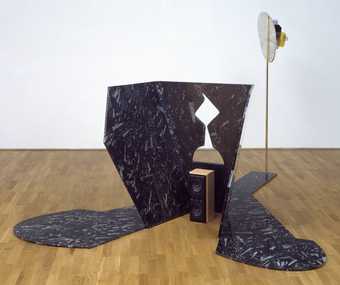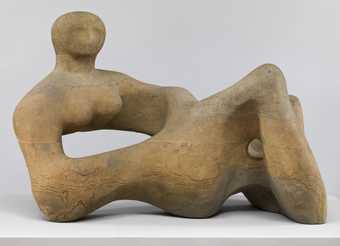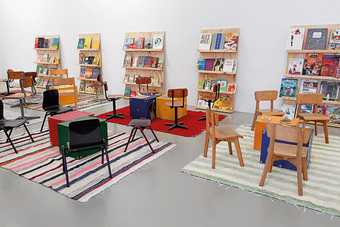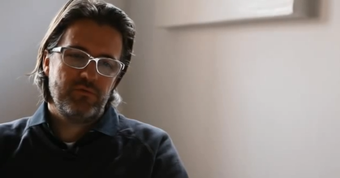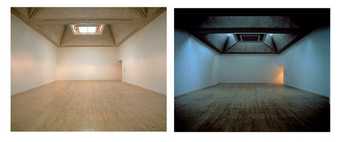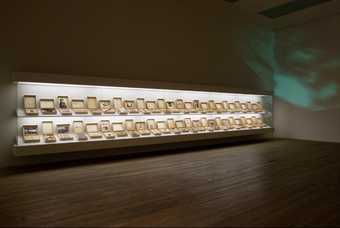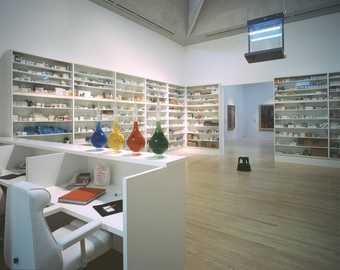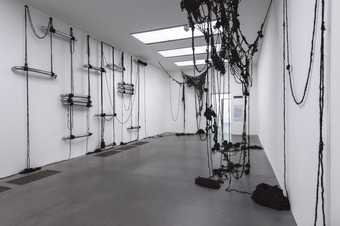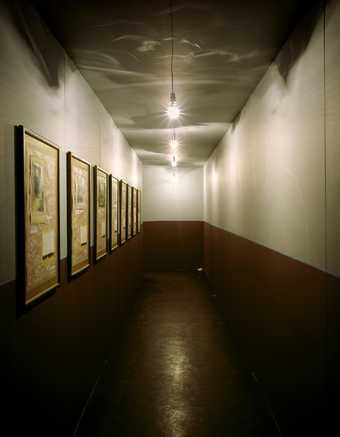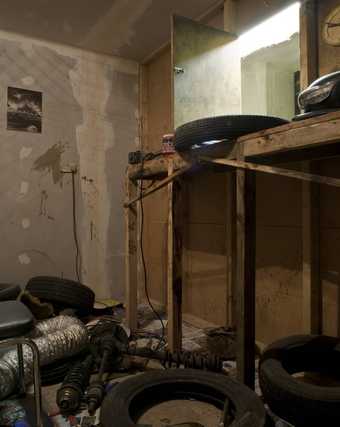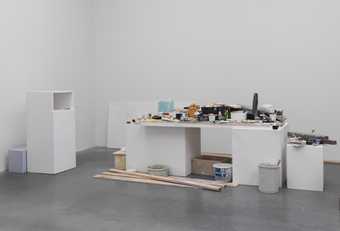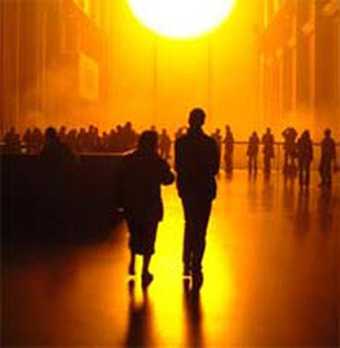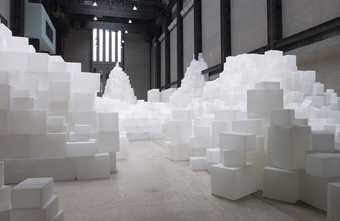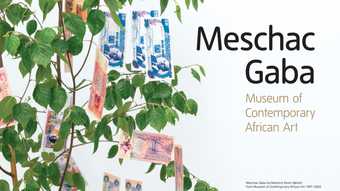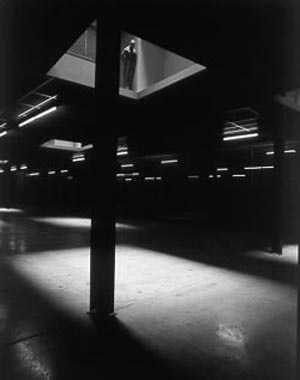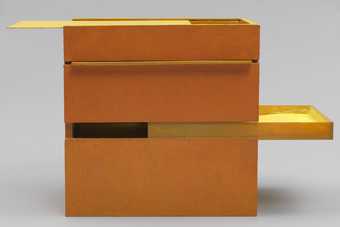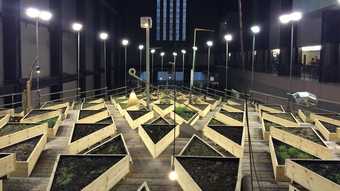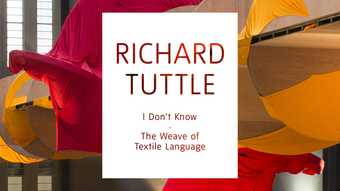
Cornelia Parker CBE RA
Cold Dark Matter: An Exploded View
(1991)
Tate
Installation artworks (also sometimes described as ‘environments’) often occupy an entire room or gallery space that the spectator has to walk through in order to engage fully with the work of art. Some installations, however, are designed simply to be walked around and contemplated, or are so fragile that they can only be viewed from a doorway, or one end of a room. What makes installation art different from sculpture or other traditional art forms is that it is a complete unified experience, rather than a display of separate, individual artworks. The focus on how the viewer experiences the work and the desire to provide an intense experience for them is a dominant theme in installation art. As artist Ilya Kabakov said:
The main actor in the total installation, the main centre toward which everything is addressed, for which everything is intended, is the viewer.
Installation art emerged out of environments which artists such as Allan Kaprow, made from about 1957 onward, though there were important precursors, such as Kurt Schwitters’s Merzbau 1933, an environment of several rooms created in the artist’s own house in Hanover. In an undated interview published in 1965 Allan Kaprow said of his first environment:
I just simply filled the whole gallery up … When you opened the door you found yourself in the midst of an entire environment … The materials were varied: sheets of plastic, crumpled up cellophane, tangles of Scotch tape, sections of slashed and daubed enamel and pieces of coloured cloth … five tape machines spread around the space played electronic sounds which I had composed.
From the 1960s the creation of installations has become a major strand in modern art. This was increasingly the case from the early 1990s when the ‘crash’ of the art market in the late 1980s led to a reawakening of interest in conceptual art (art focused on ideas rather than objects). Miscellaneous materials (mixed media), light and sound have remained fundamental to installation art.



